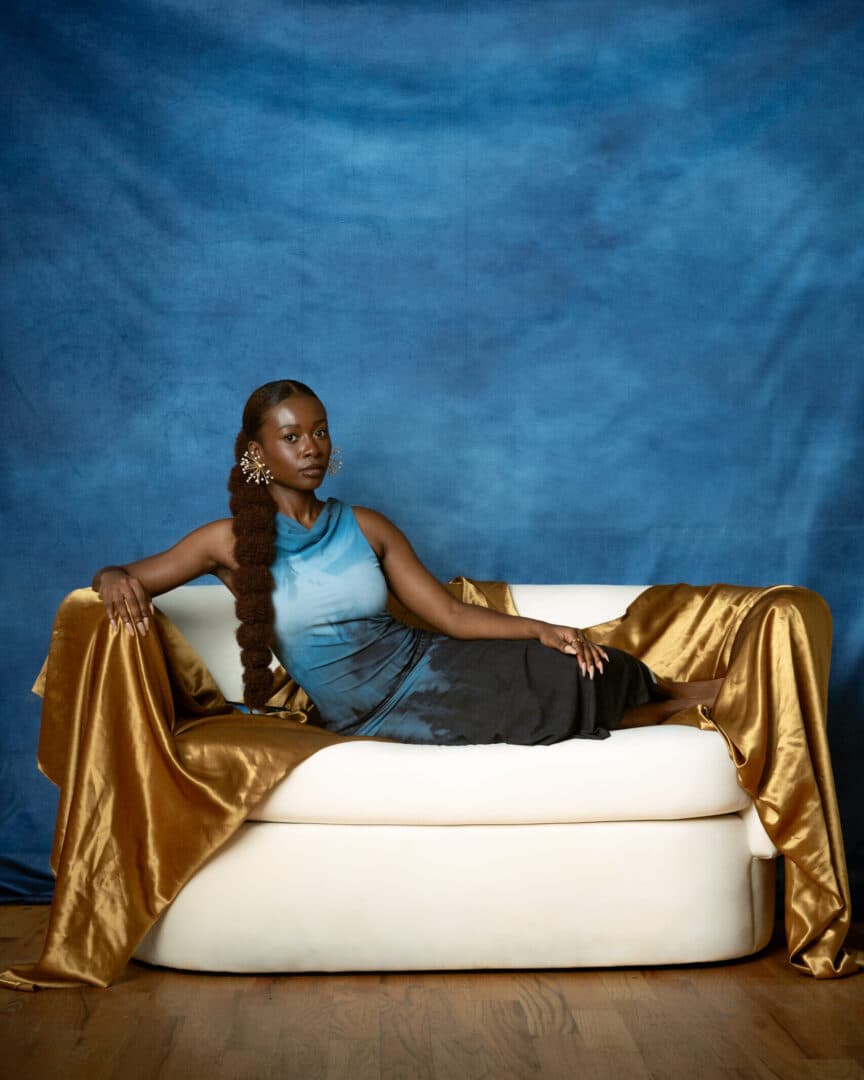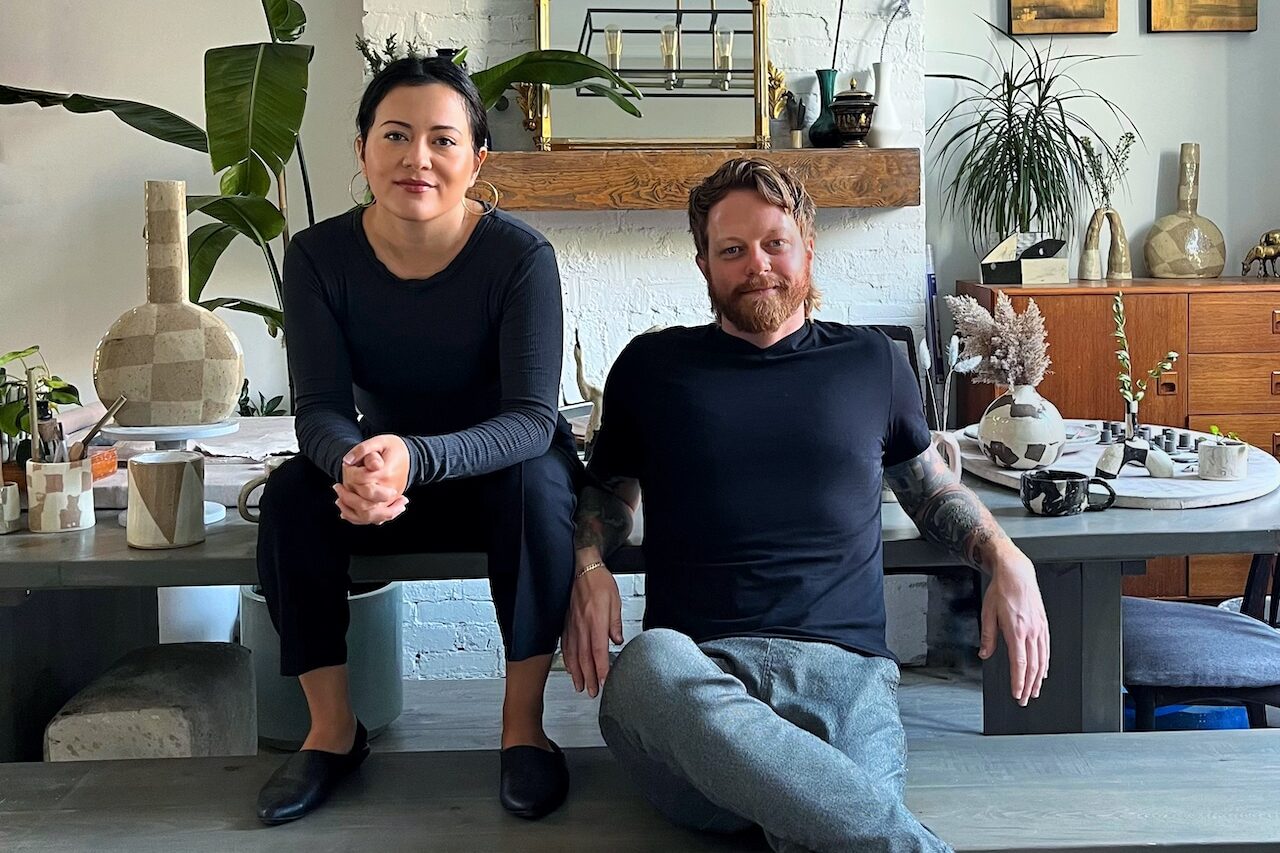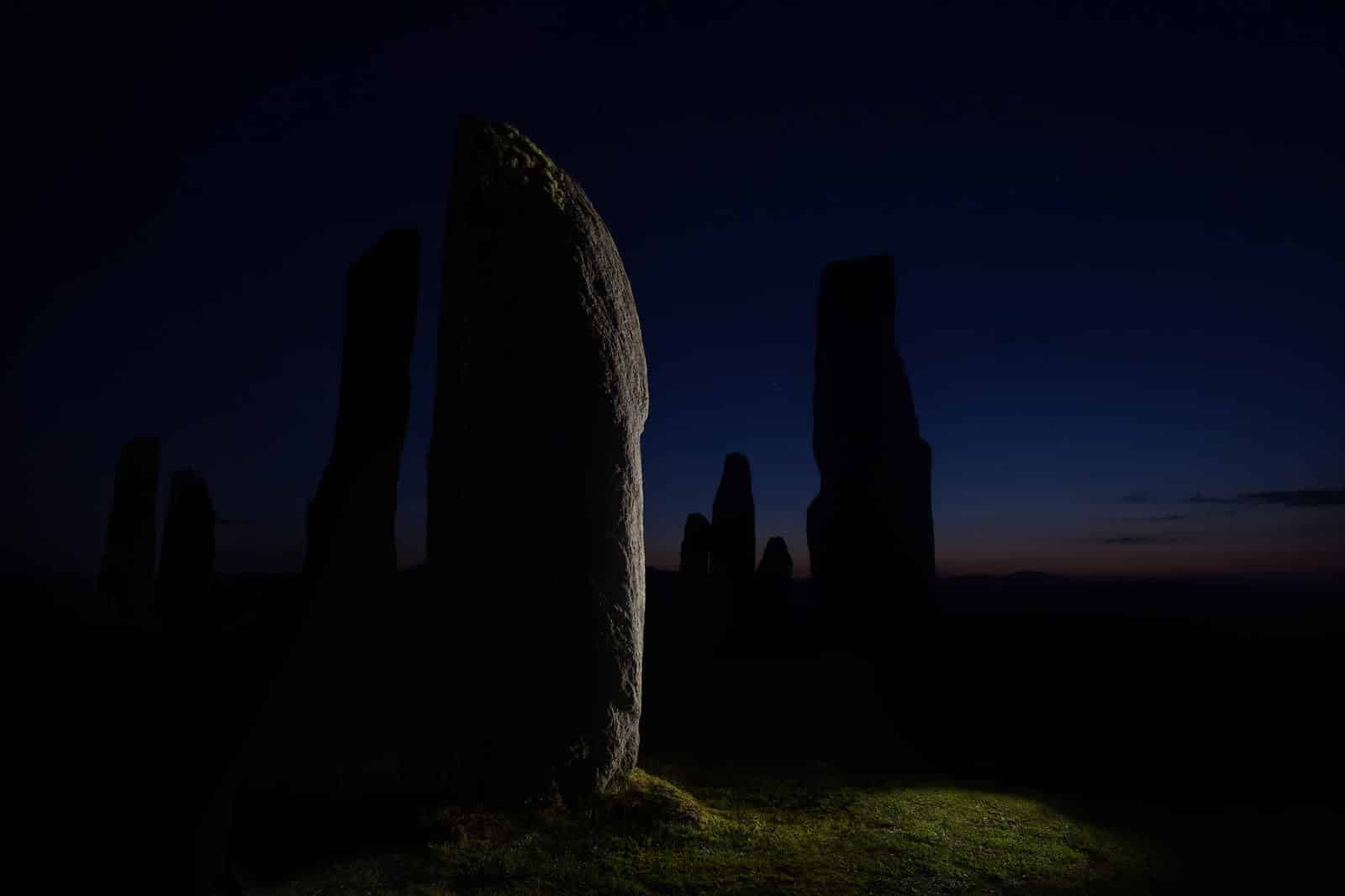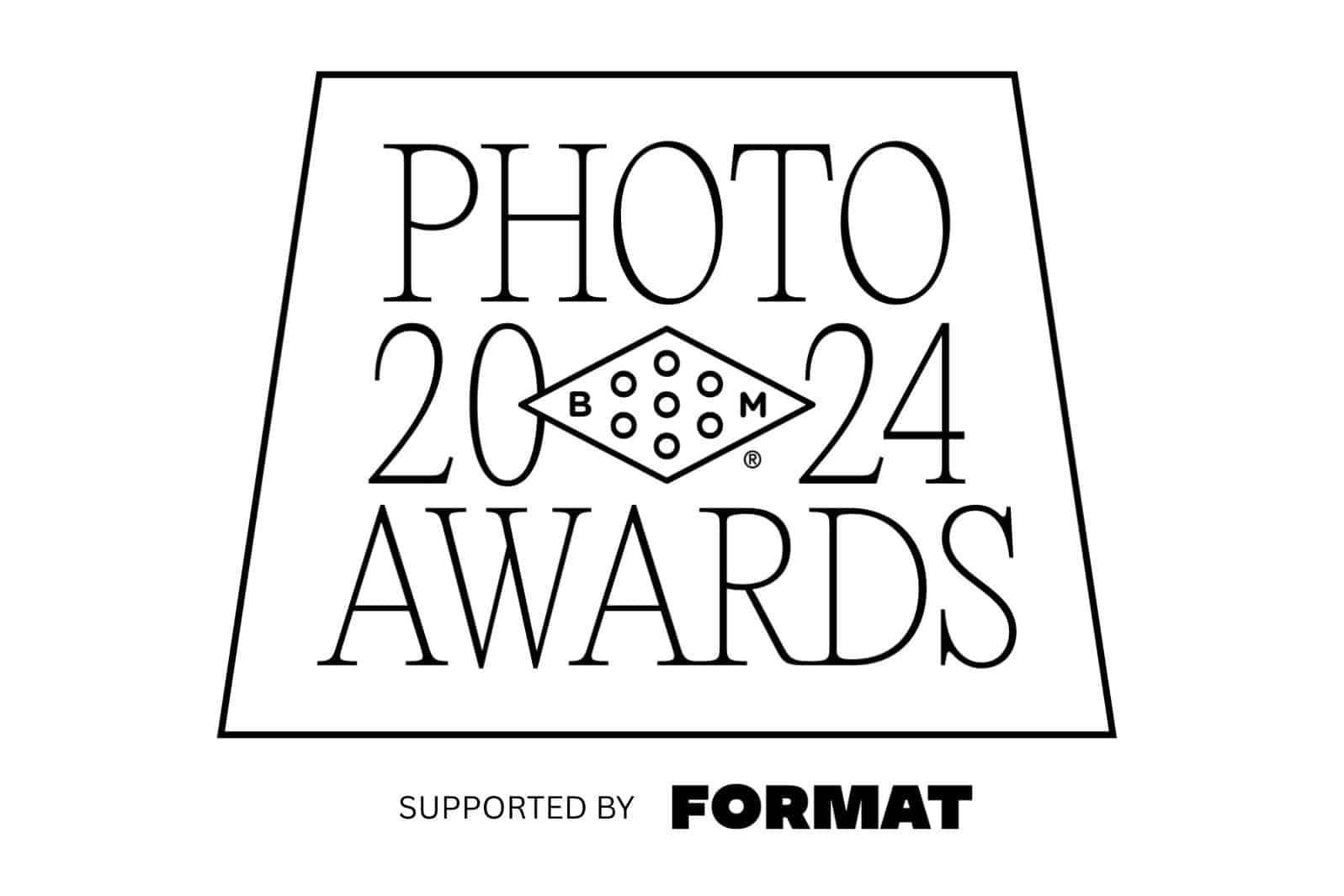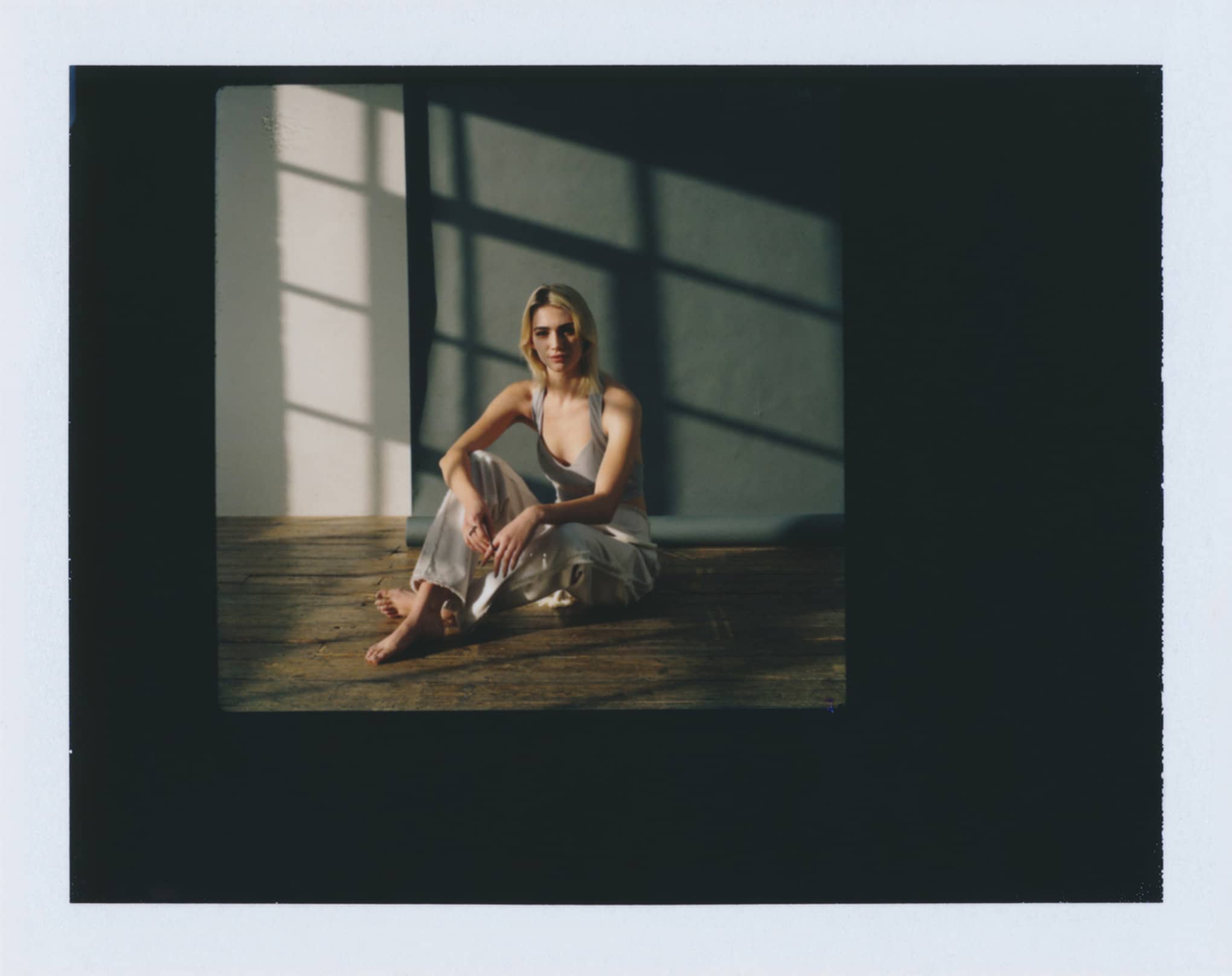Damola sat down with Format during a self-portrait shoot at the Lumina Studio Loft in Durham, NC, while in the midst of planning the production of her film project “Your Presence Spreads Beyond These Walls.” Visit the page and sign up for her mailing list to learn more.
To view more of Damola’s work, check out her Format portfolio.
You can watch part of our conversation here:
Getting Started as a Photographer
My name is Damola Akintunde. I’m a Nigerian American photographer based in Durham, North Carolina. I started photography back in twenty sixteen, but even before I was a photographer, I was pre-med, trying to be a doctor–exploring that wasn’t really working out.
I have been a photographer since 2016–I also explore visual storytelling through other mediums such as video. At one point, my friends needed photos for their blogs, for their different ventures, grad photos, and I decided “I’m going to pick up a camera just to explore the world around me and document my friends and family.” So that was the first kind of insight for me as this being an actual career and possibility.
A lot of my work reflects self identity. It reflects the idea of body and space, and is in service of showcasing black womanhood and the black experience across the diaspora.
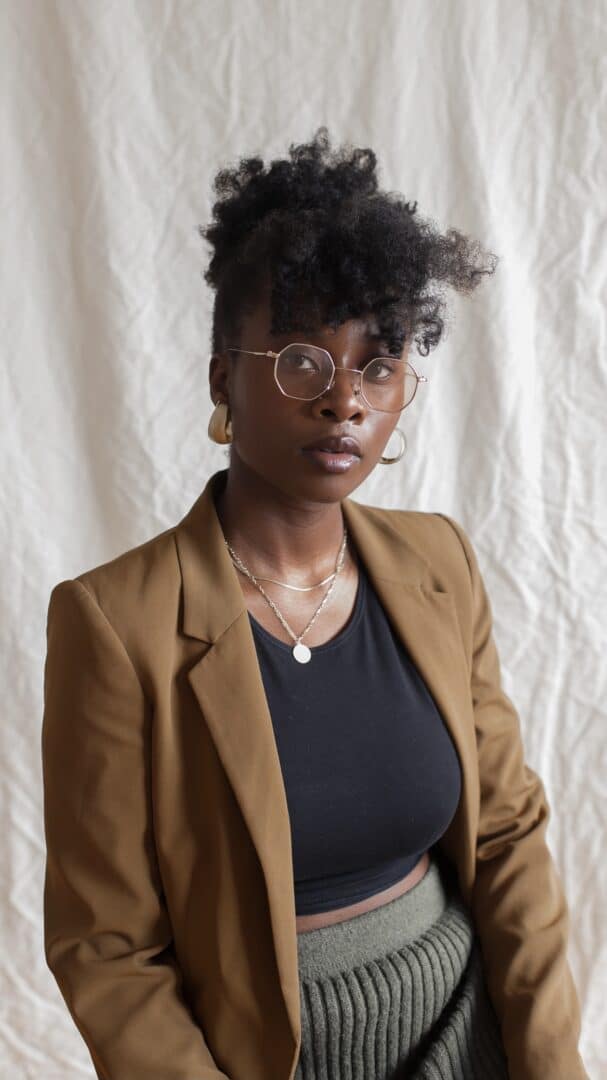
Storytelling and the Passage of Time with a Self Portrait Photography Series
So when it comes to planning self portraits, traditionally, for me, it’s really off the cuff. I don’t do a lot of pre-planning.
A lot of my self portraits, especially during the pandemic, were just me finding different ways to document who I was in that time–I’ve kind of lost that period of time where I would otherwise have been outside exploring, but I can still have memories of what it felt like to be in that moment.
The process included styling, a lot of finding inspiration through Pinterest or non traditional ways like films, music. Whenever I would get the feeling that I needed to to express myself in a certain way, I would find inspiration in different avenues. Then in my bedroom, in my house, I’d find different ways to set up various backdrops to document myself. When it comes to time, or documenting time, what I’ve also found interesting with doing self portraits is that I literally am creating an archive of myself.
This shoot is the first time that I’ve been able to preplan, and my self portraits moving forward will have a little bit more preplanning.
Now that I’m thinking more deeply about what I want to convey in my portraits, I’m planning in terms of getting inspired about composition from other films, from music videos, from other visual storytelling components. It requires me to sit down and think about what story I want to tell using color, using framing, using makeup and beauty, using styling.
I’m being more intentional about what those different pieces invoke to the audience and also what they represent for me as a person.
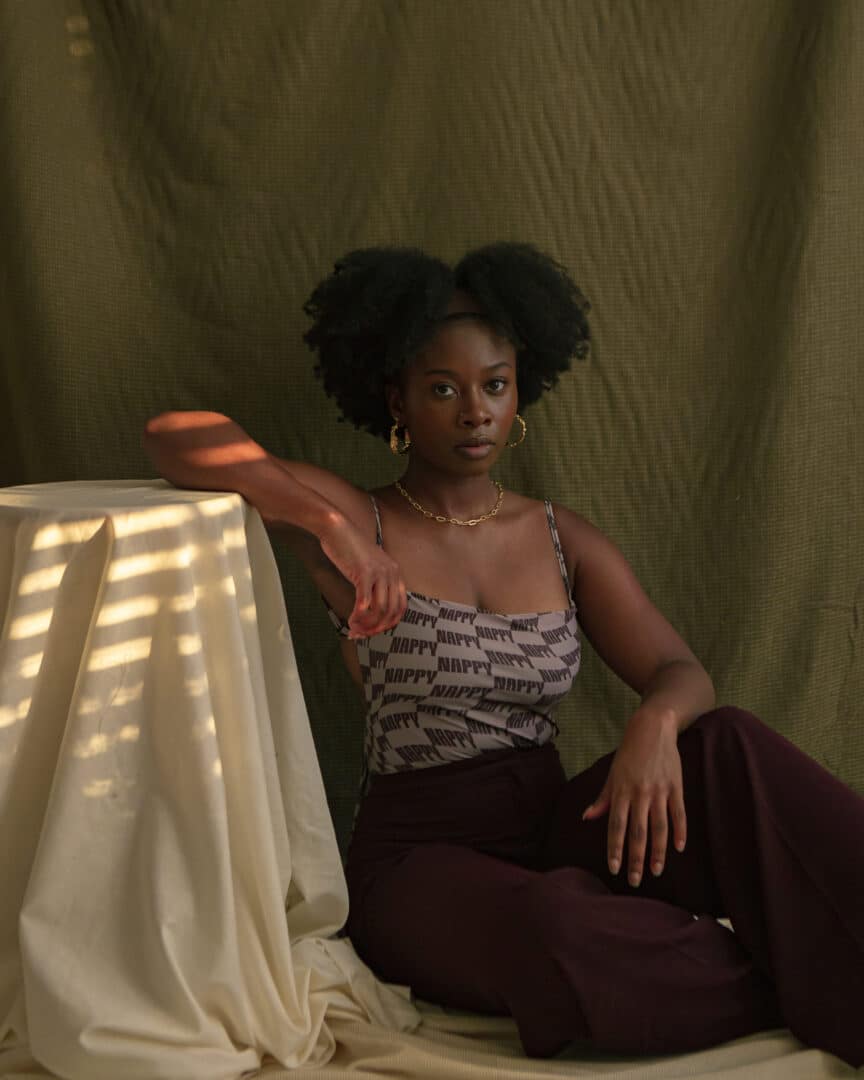
Approaching Portraiture Through the Lens of Psychology and Medical Anthropology
I believe that having a degree in psychology, and also having a minor in medical anthropology, informs the way that I approach storytelling. The classes and courses and books I read taught me a lot about the experience of being human, especially when it comes to self identity and understanding who we are in the context of society.
Those courses were about healing as well, and I think that’s why I wanted to be a doctor initially. I’m really interested in the idea of healing others and being in service of others–and then I realized that the concept of healing goes beyond medicine. It lives in visual storytelling, being able to see yourself, being able to have narratives that represent who you are as a person, in the archive of humanity, ultimately.
Those subjects informed me as someone who is able to communicate with people and ask them questions about who they believe they are and how they want to be perceived.
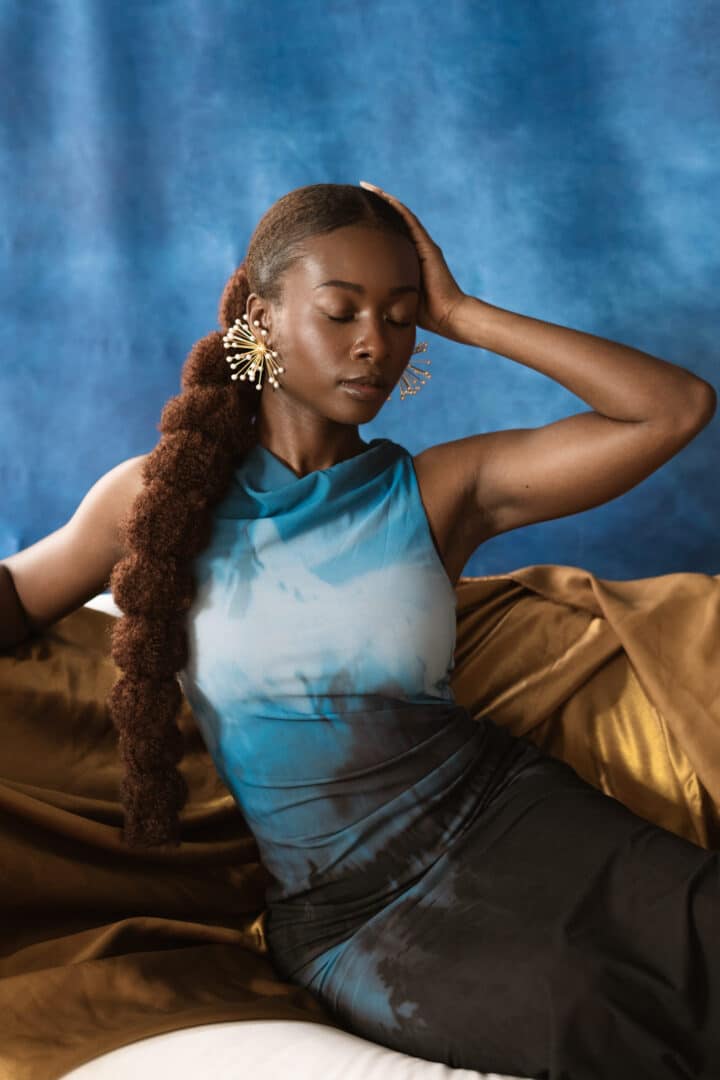
Seeing Yourself and Creating a Narrative Through Self-Portraiture
Carrie Mae Weems’ “The Kitchen Table” series invokes a lot of self identity and self reflection for me. She has spoken about the series as though those people or that woman in her portraits is a muse or a character, rather than her herself, and it’s really informing me of ways to think about creating characters in my self portraits.
I’ve realized that my self portraits allow others, especially a lot of black women, to see themselves. I tend to think about what piece of my identity I want to reflect in each self portrait, and how does that also fit into the overall narrative about black womanhood?
She has taught me to think deeper about my self portraits not just being me as the physical self, but also about this character I’m creating that represents different parts of identity, of self reflection, of understanding who we are.
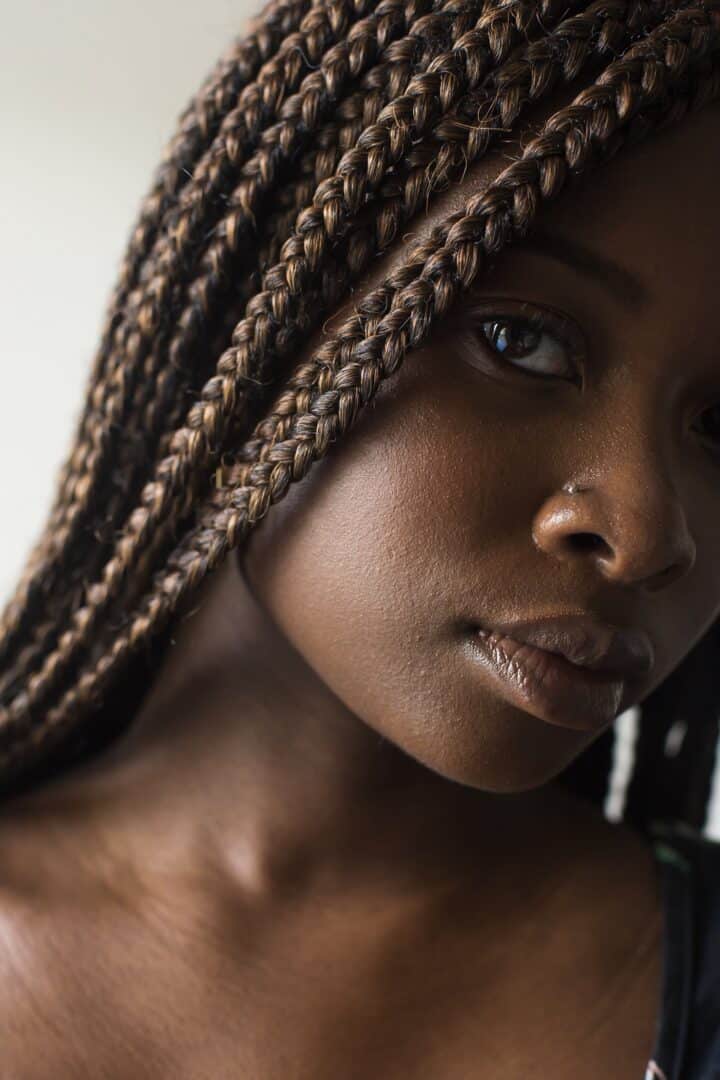
Personal Projects as a Launching Point for Commissioned Photography Work
A lot of my commissioned projects came through connections with Black Women Photographers, Diversify Photo, and Women Photograph.
Editors–when they see my work, especially being focused in black portraiture–seem to understand that I have the ability to connect with the people they’re featuring in these stories. I believe that my focus on identity also helps editors and creative directors understand that I’m able to come into this space and bring a new lens and a new perspective when it comes to documenting people, and making sure that their humanity is centered as well.
I don’t have all the answers in terms of why they pick me to do certain pictures or to create certain images for them. My hope is that they see the work I do for personal projects, and they see that I can come into the space and bring safety and warmth to those who are being documented.
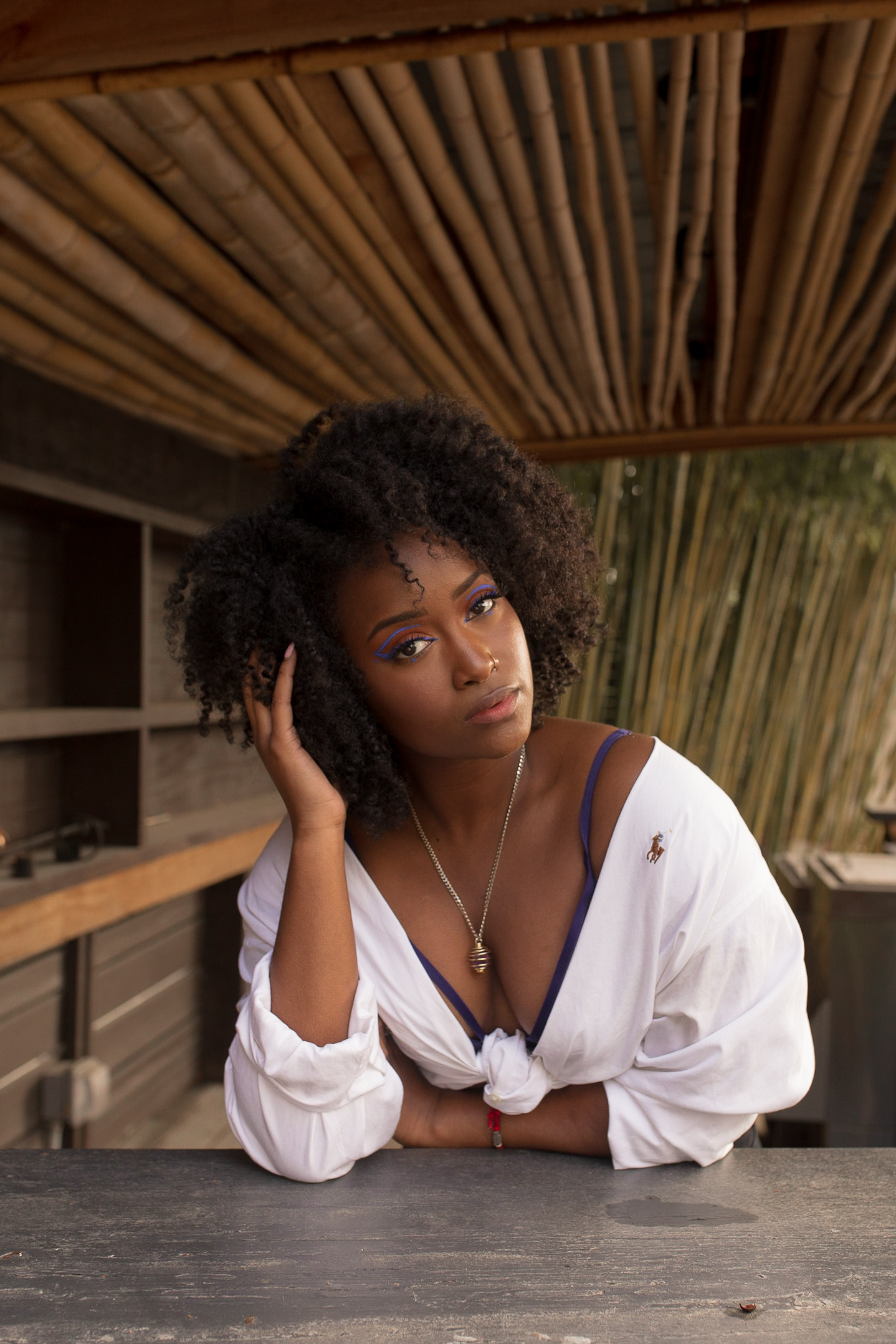
Ongoing Collaborations and Artistic Growth
One experience I really value is with a black woman named Aziza who I work with pretty frequently. We have this practice of working together every year–I get to get better at my craft and she gets to be more comfortable in front of the camera. We now have this consistent rapport with each other, and I have this series where you can see both of us growing.
I really appreciate the idea of having one model or one subject that you grow with, and also having her as a friend and creative partner where we’re always finding ways to grow and become more comfortable as artists together. That’s something that I hold really dear, especially with black women partnerships or black women creatives–finding ways to connect in community with each other.
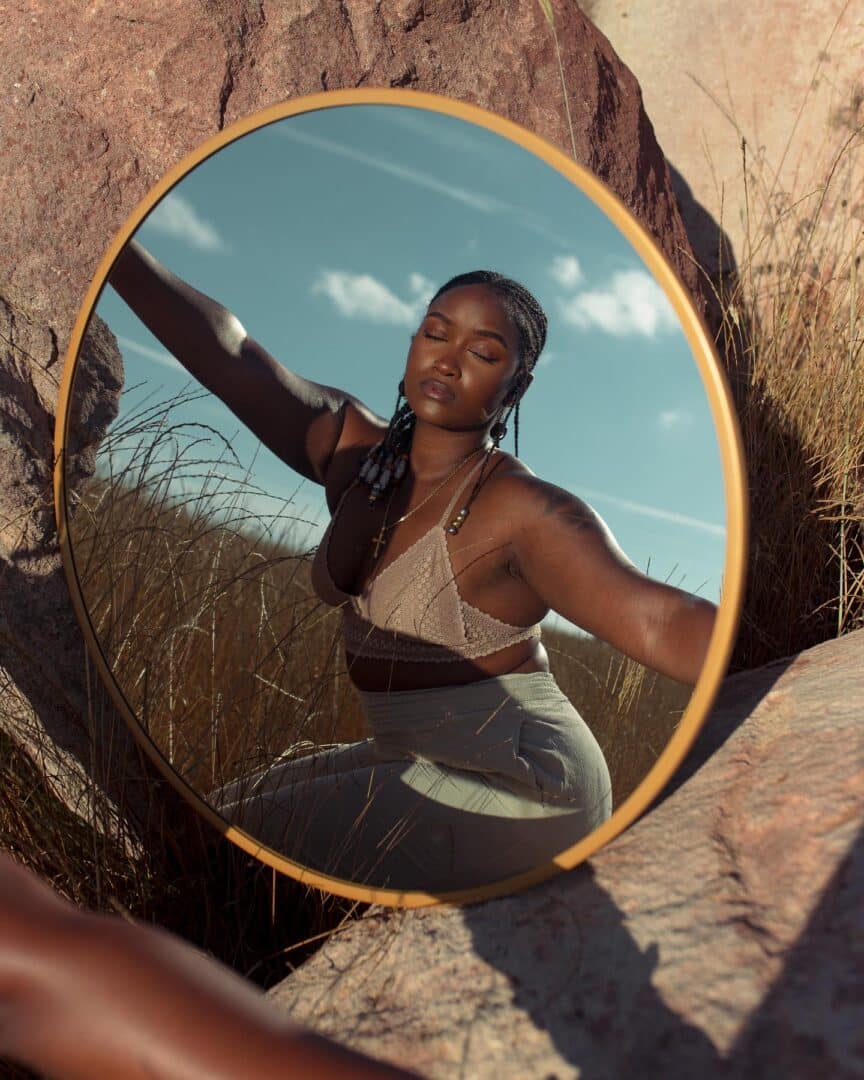
The Power of Creating Your Own Narrative
It can take a lot of energy and vulnerability to be in front of your own camera, but I find it so rewarding to be able to control your own perception, your own narratives, your own ability to show up in the world. I feel that everyone should feel compelled at some point, whether it’s on your camera or on your phone, to find ways to document yourself. I think some people believe it’s vain–selfies, at one point, were made fun of and might still be made fun of. But I think it’s really powerful to be able to say “This is who I am and how I want people to see me,” and let others take in what you have to offer and what you have as a person. There’s a lot of power in self portraiture and documentation overall, and there are other avenues where you can do that. It doesn’t have to be portraits–there are so many options. I’ve been dabbling in video diaries and audio journaling as well.
I’m in a space of exploring a lot of video work because I believe there are ways to expand on the single image and find ways to make it dynamic. It is a transition, but I am curious about what it means to tell stories in more dynamic ways.
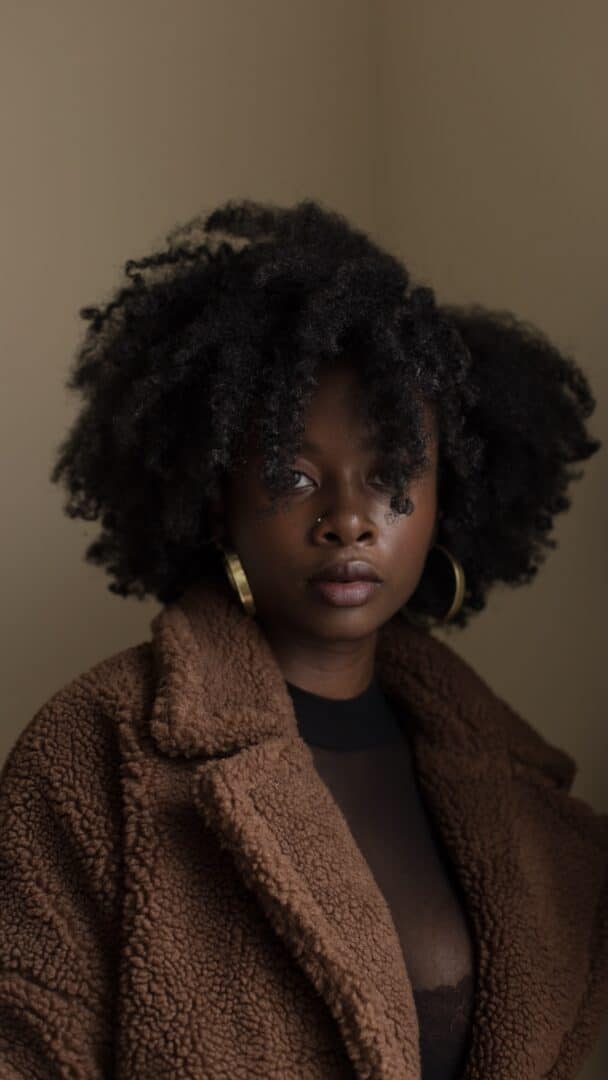
Advice for Emerging Creatives: Lean into Failures
Advice I would give to aspiring artists or photographers, and still I’m learning this myself; you have to be unafraid to fail in real time.
As a self taught photographer, I’ve had a lot of instances where I was unsure about what I was doing. I didn’t know exactly the technical skills for certain things I wanted to do, but this required me to just try in real time and put it out there and be okay with not being sure about it. Sometimes there’s an element of letting things go and hoping for the best, and you’re really rewarded when you don’t lean too much into the what ifs, and instead you’re leaning into the question of “what is possible, what is next” of creating. I encourage everyone to find ways to be okay with failing, because that failure ultimately makes you a better creative.
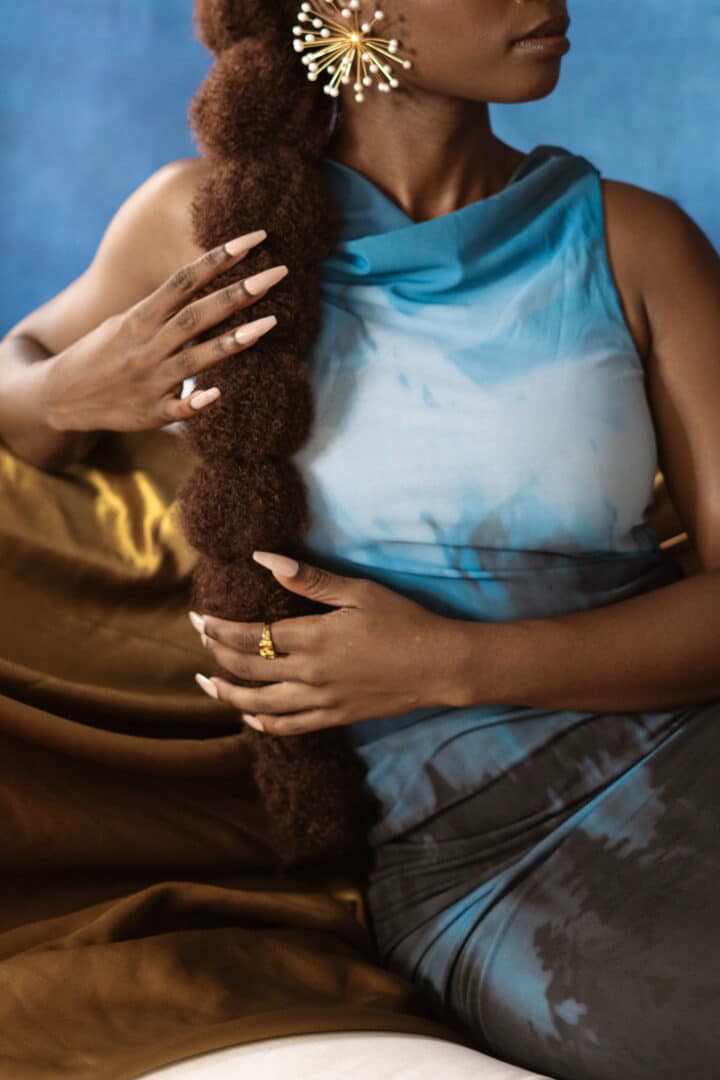
The Influence of Music in Ongoing Project “Your Presence Spreads Beyond These Walls”
My self portrait series is actually inspired by my ongoing project, “Your Presence Spreads Beyond These Walls.”
It’s a short film and photo series that will capture my coming of age post pandemic and during the pandemic–trying to find my way. It is going to have different world building opportunities for me to share different parts of my identity, and hopefully allow others–especially black women–to feel comfortable exploring all the different parts of their identity.
I came up with “Your Presence Spreads Beyond These Walls” back in 2020 while I was sitting down thinking about this idea of who I am outside of the noise. Who am I outside of the confines of society, who I am outside of societal pressures, of familial pressures.
It forced me to think about the fact that music helps me grow as a person and helps me explore myself, so the project is very influenced by music. Some of it is also influenced by my Nigerian heritage–I’m really interested in the Alte movement in Nigeria right now. I’m also interested in a lot of the alternative r&b that’s been coming out. So there will be multiple acts, where each act represents the space that’s influenced by certain musical genres.
The project is about helping myself understand who I am, but also finding ways to present myself to others, and allowing them to find ways to learn about themselves and grow as a person.
